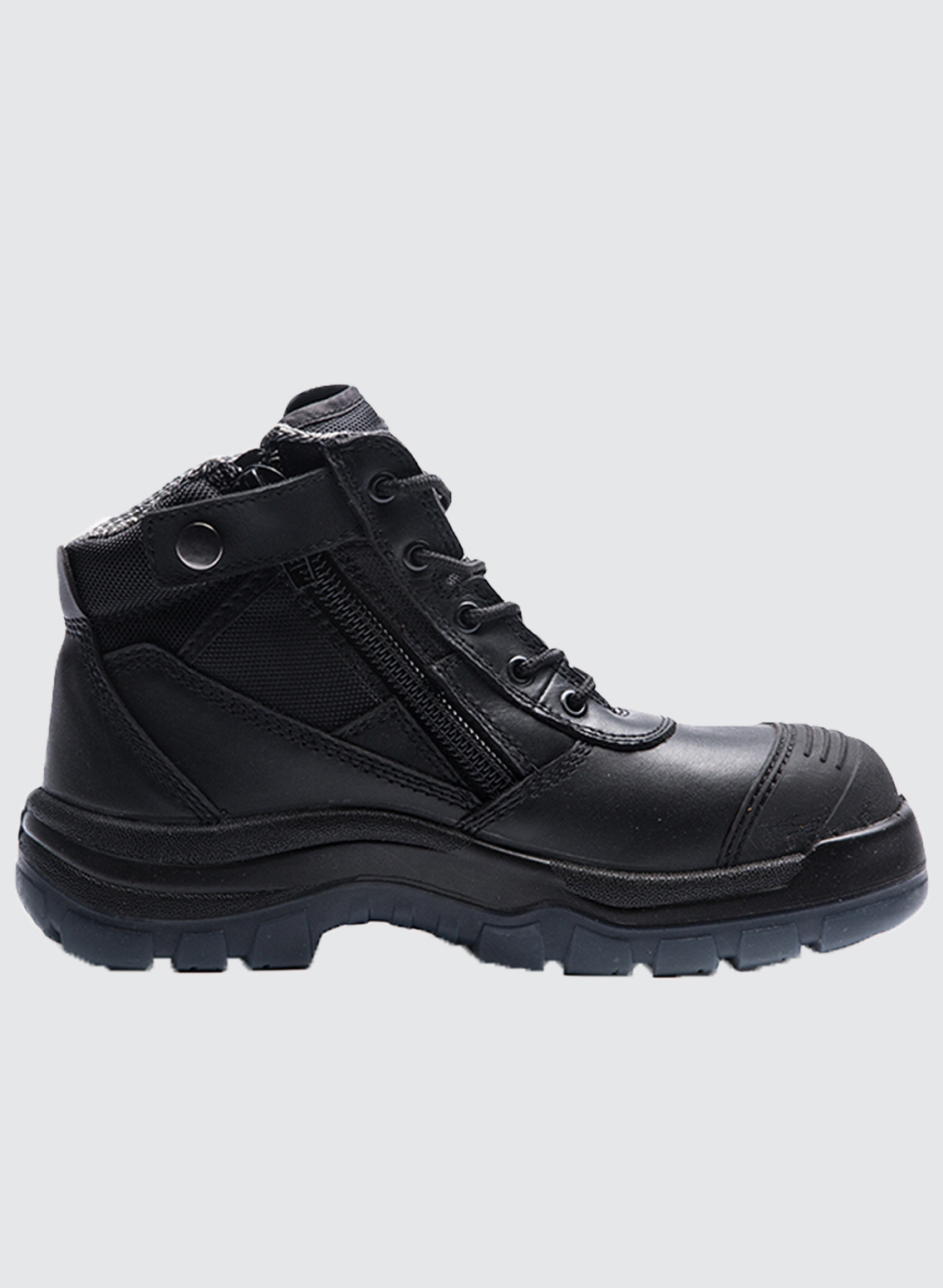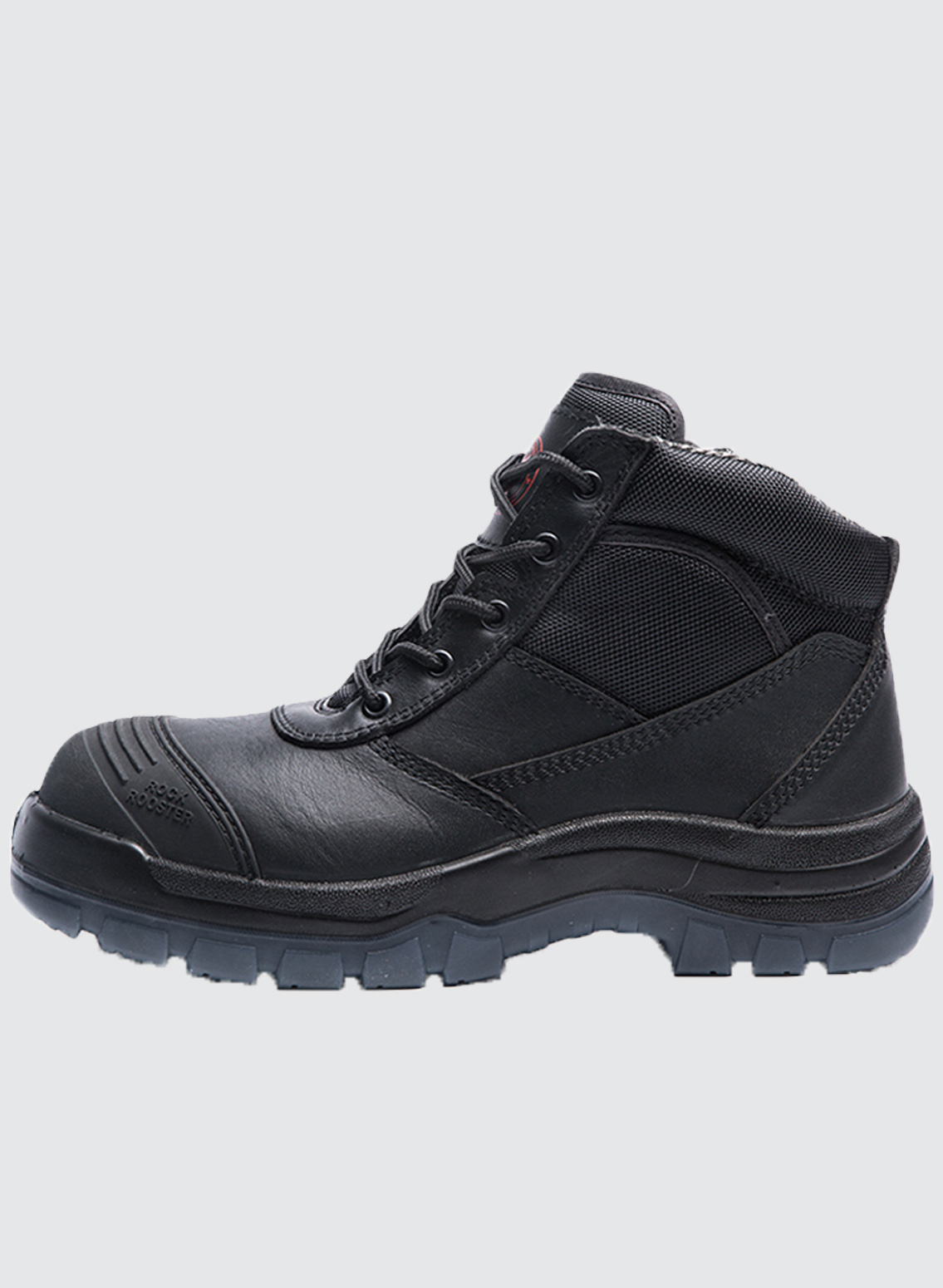ex. GST
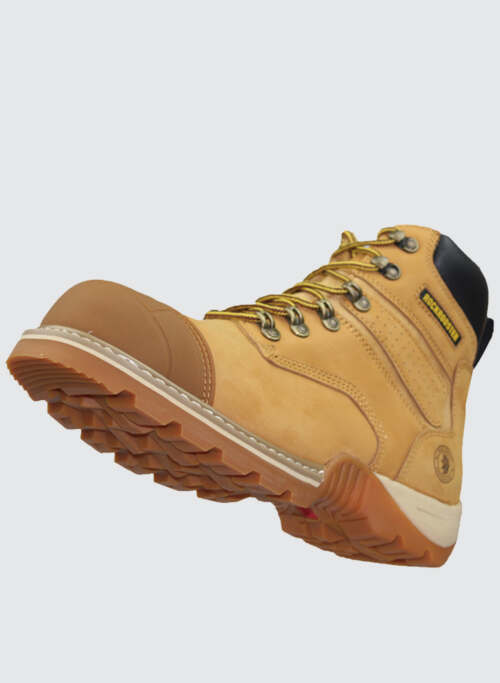
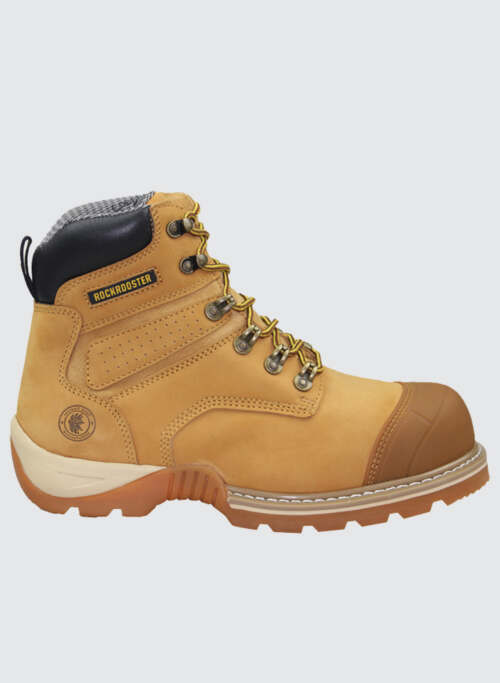
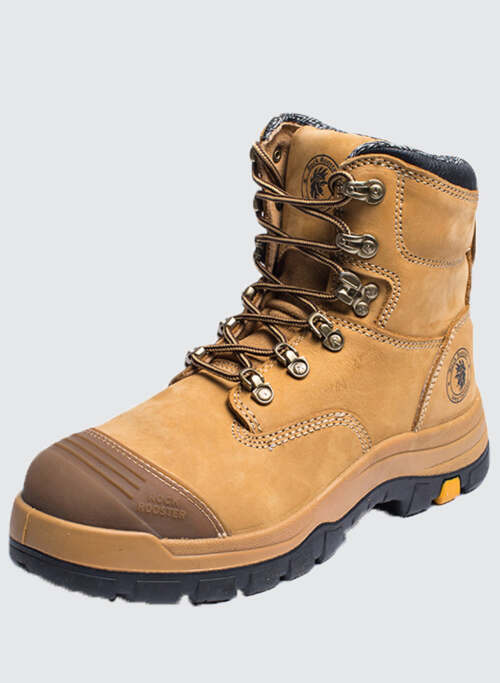
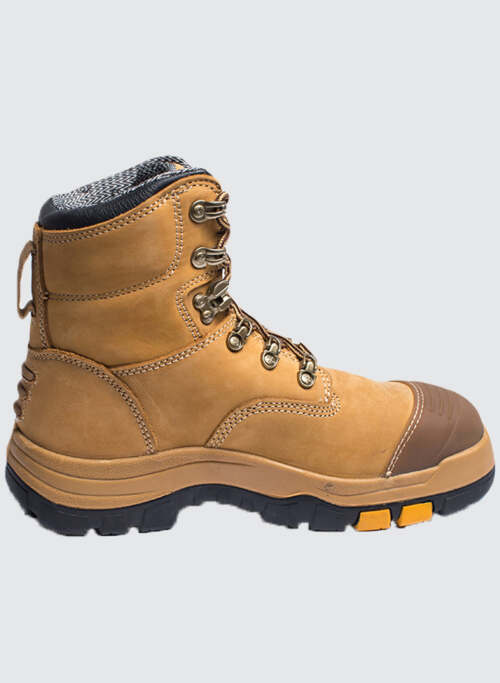
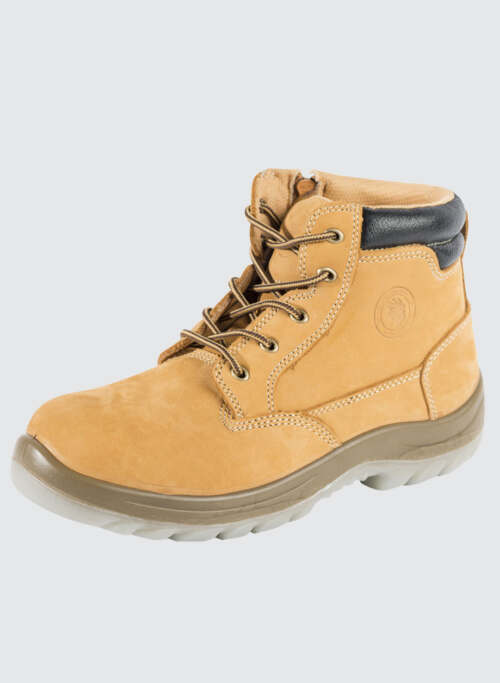
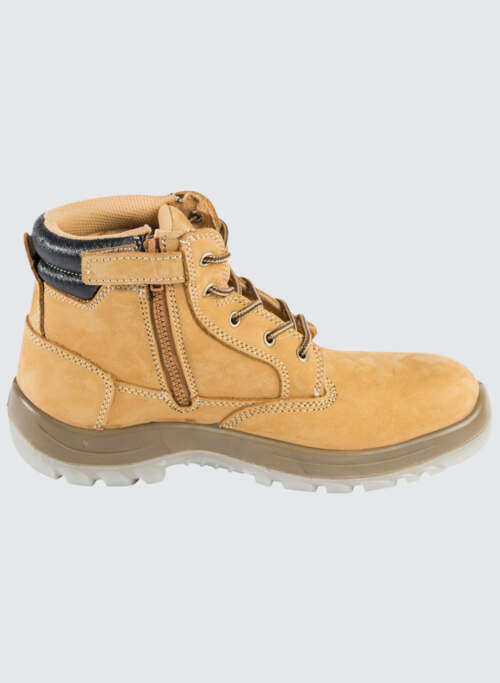
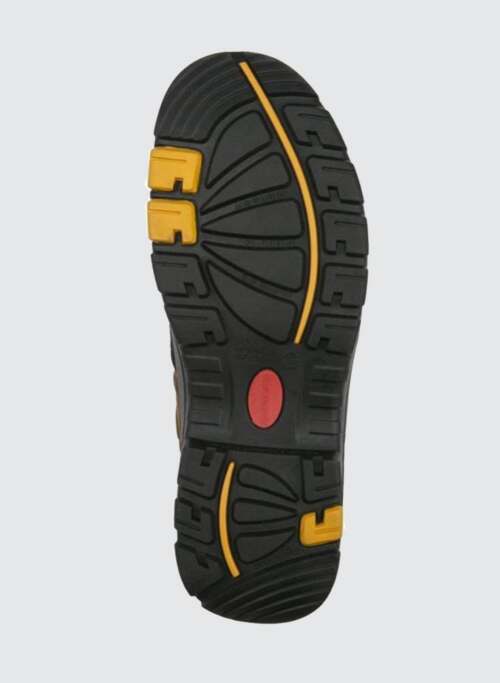


We acknowledge the Traditional Owners and custodians of this land, the Bunurong People, and pay respect to their Elders past, present and emerging. We recognise and respect their continuing connections to Climate, Culture and Country. We extend our acknowledgement and respect to all Aboriginal and Torres Strait Islander peoples across Victoria & Australia.
© 2024 Big Branding. All rights reserved.
ISO 20345:2011 specifies basic and additional (optional) requirements for safety footwear used for general purpose. It includes, for example, mechanical risks, slip resistance, thermal risks, ergonomic behaviour.
Special risks are covered by complementary job-related standards, e.g. footwear for firefighters, electrical insulating footwear, footwear protecting against chain saw injuries, chemicals, molten metal splash, and protection for motor cycle riders.
All safety boots sold in Australia & New Zealand must comply with a set standard.
Rock Rooster safety boots adhere to the highest level of Australian & New Zealand testing:
| A = Antistatic | To prevent a build-up of enough static electricity to cause a spark. |
| E = Energy Absorption | Extra shock absorption under the heel. |
| SRA = Slip Resistant | Slip Resistant ‘Water on Ceramic Tiles’ |
| SRC = Slip Resistant | Slip Resistant ‘Water on Ceramic Tiles’ & ‘Oil on Metal’. This is the highest level of slip resistance. |
| HRO = Resistance to Hot Contact | The outsole does not melt, char, crack or craze when coming in contact with 300c surface for one minute. |
| HI = Insulation of Sole Against Heat | The inside of the shoe is insulated against heat when put in a sand bath at approximately 150c. |
| CI = Insulation of Sole Against Cold | The inside of the shoe is insulated against cold when put in a cold box at minus 17c for 30 minutes. |
| WRU = Upper is Water Resistant | Minimal water penetrates the upper. |
| WR = Whole Shoe is Water Resistant | No water penetration within 15 minutes. |
This specification covers the minimum design, performance, testing, and classification requirements, and prescribes fit, function, and performance criteria for footwear designed to be worn to provide protection against a variety of workplace hazards that can potentially result in injury. It is not the intention of this specification to serve as a detailed manufacturing or purchasing specification, but can be referenced in purchase contracts to ensure that minimum performance requirements are met. Footwear conforming to this specification shall meet the performance requirements for the following: impact resistance for the toe area of footwear; compression resistance for the toe area of footwear; metatarsal protection that reduces the chance of injury to the metatarsal bones at the top of the foot; conductive properties which reduce hazards that may result from static electricity buildup, and reduce the possibility of ignition of explosives and volatile chemicals; electric shock resistance; static dissipative (SD) properties to reduce hazards due to excessively low footwear resistance that may exist where SD footwear is required; puncture resistance of footwear bottoms; chain saw cut resistance; and dielectric insulation.
